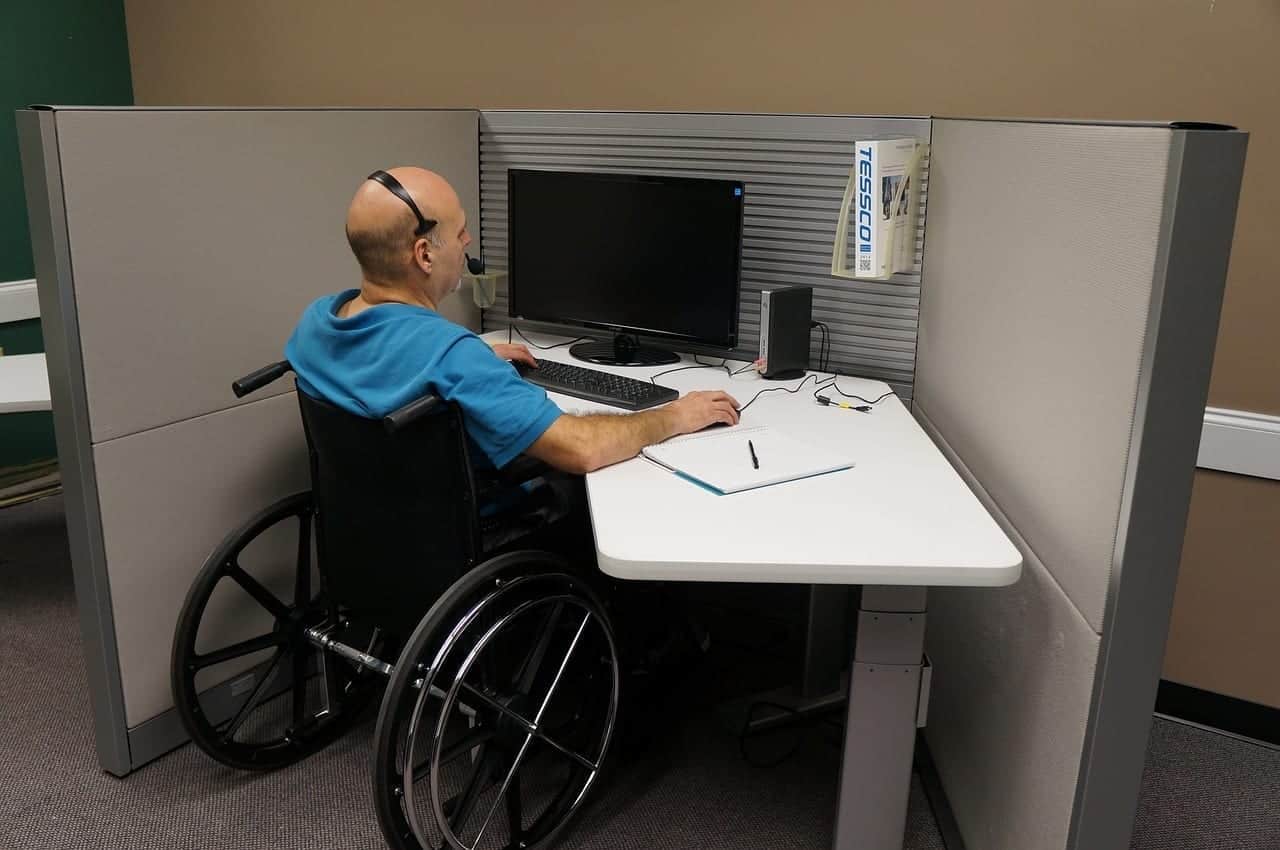We’re often asked to create videos that are representative of a diverse population, including people with disabilities. Whether we’re shooting live action with casting or making an animation, this can be accommodated. How we do it is a discussion to have with the stakeholders.
Many clients are concerned that if they present us with a list of disabilities, the attempt to show diversity will be too blatant. But that’s kind of the point. If the person using a cane stands out to the viewer, and they recognize that person as seeing-impaired, then the viewer is recognizing the inclusion of a seeing-impaired person in the video. There are many people with invisible or hidden disabilities, which can be difficult to represent unless you’re speaking specifically about that person. However, if your goal is simply to show diversity, it’s useful to employ symbols that everyone can identify.
Representation
When it comes to including people with disabilities in your video, consider your audience. Are you speaking to your internal workforce? Do you want to include examples that reflect your employees? Are you targeting customers with particular needs? Every viewer finds it easier to relate to a video in which they see themselves. Our clients often want to make it clear that their services and products are available to EVERYBODY, so they want to be as inclusive as possible. Think about how you’d like that inclusion to look on video. We’ve created videos specifically geared toward people with disabilities and their families, including a promotional piece for Red Roof Retreat.
Diversity can be easier to show with animation. This is true of any video looking to show a diverse population. With animation, you can create any character you like and be as specific as you want to be. When we worked with client Ophea on videos for their Healthy School Certification program, they asked us to show a varied student population. Our animator included various children in wheelchairs and riding accessible bikes, as well as students playing inclusive games.
Making Video Accessible
When it comes to making video accessible to everyone, think about the standards your project needs to meet (see AODA below). These can include closed and open captions, transcripts, various forms of description, and ASL . We’ve made several videos that feature ASL and LSQ, including this explainer for Commission for Complaints for Telecom-Television Services.
AODA
The Accessibility for Ontarians with Disabilities Act (AODA) has a mission to identify, remove, and prevent barriers for people with disabilities. This act sets standards when it comes to accessibility in all areas of daily life. We’re often asked by clients to make our videos AODA compliant. This covers formats such as closed captioning and video description for hard-of-hearing and blind or low-vision users.
Canadians with Disabilities
It’s not only lawful to make video accessible to all Canadians, but it’s also representative. Here are a few stats on Canadians with disabilities:
- an estimated 3.8 million people over 15 have a disability
- more than 80% of persons with disabilities reported using at least one aid or assistive device
- over a quarter of persons with disabilities who were employed indicated that their employer was not aware of their work limitation
- among the working-age population with disabilities, 24% required modified or reduced work hours
Inclusion is Easy!
If you’re interested in making an inclusive video, Key West Video has the experience to make that happen. We want you to be able to address every member of your audience. Call us today for a free quote.









